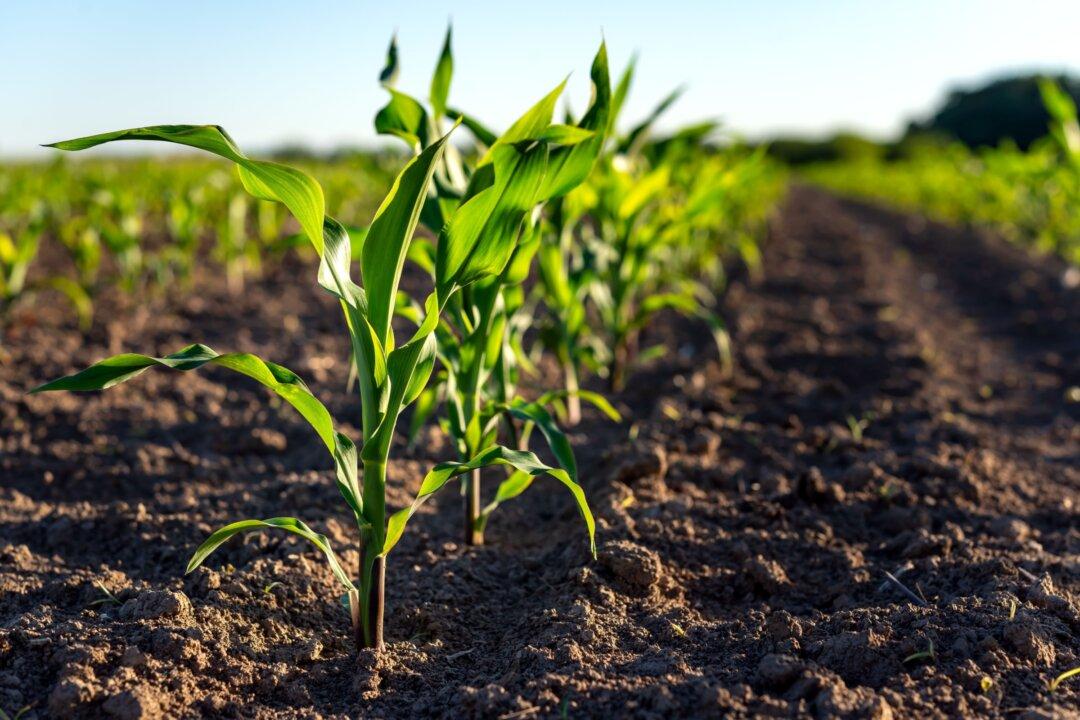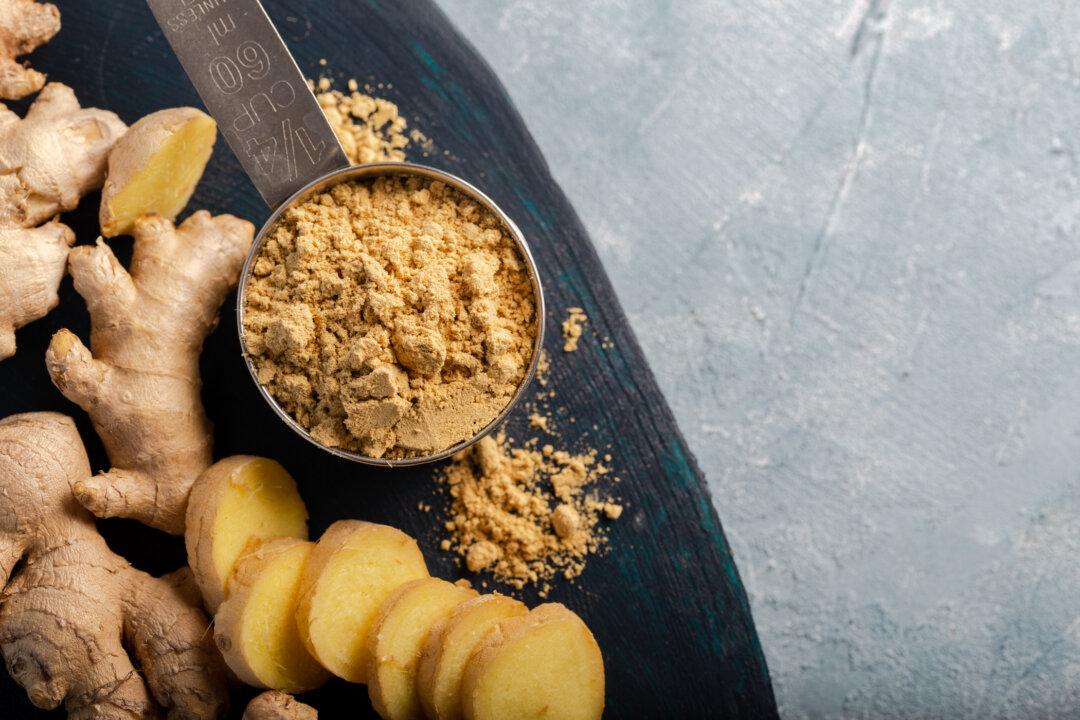The ongoing battle of the bulge, while once considered primarily a matter of vanity, may actually be one of the best ways to reduce your risk of dying from a multitude of causes (i.e. all-cause mortality), but especially heart attack.
Some studies have even revealed that abdominal obesity, known clinically as central obesity, and which is measured by the hip-to-waist ratio, may be more important than blood lipids, i.e. “cholesterol,” in determining heart attack risk.






